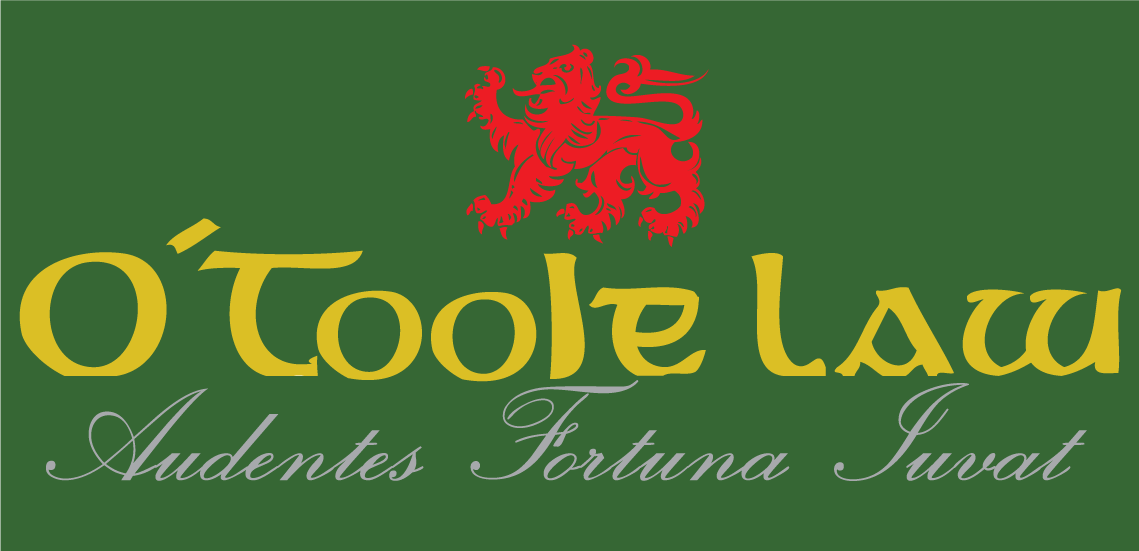We like to think that someone is watching over us when it comes to our food supply. We believe the federal Department of Agriculture and the U.S. Food and Drug Administration (FDA) are carefully supervising the raw materials and any chemicals and additives that are used in creating the enormous variety of food we have to choose from off the supermarket shelves.
In reality, much that you eat may never have been tested by anyone beyond the food manufacturers themselves. While the FDA has some responsibility for checking the ingredients used by food processors, much is never examined. This is because there are two options for food companies. They can submit a chemical or food additive for review by the FDA, or they can determine the additive is “generally recognized as safe” (GRAS), and simply add it to your food.
Because the approval process is slow, most companies adopt the GRAS route. Because we eat more processed foods, the number of additives has increased substantially, from 800 to about 10,000.
However, no one knows for certain, as there is no tracking of additives that enter our food supply via the GRAS process. As one researcher noted, the “FDA doesn’t know what it doesn’t know.”
And because the process is so unregulated, there are many additives that are classified as GRAS, but the safety of which is strenuously questioned by many outside the food industry.
The overarching problem with this process is that it is more efficient for the companies to avoid regulatory oversight, but because they have a financial incentive to simply add ingredients, it is difficult to have much confidence their assertions of safety.
Another problem that calls into question their GRAS determinations is that many of firms or experts that work for the food companies had been consultants for the tobacco companies at a time when they claimed cigarettes were safe.
